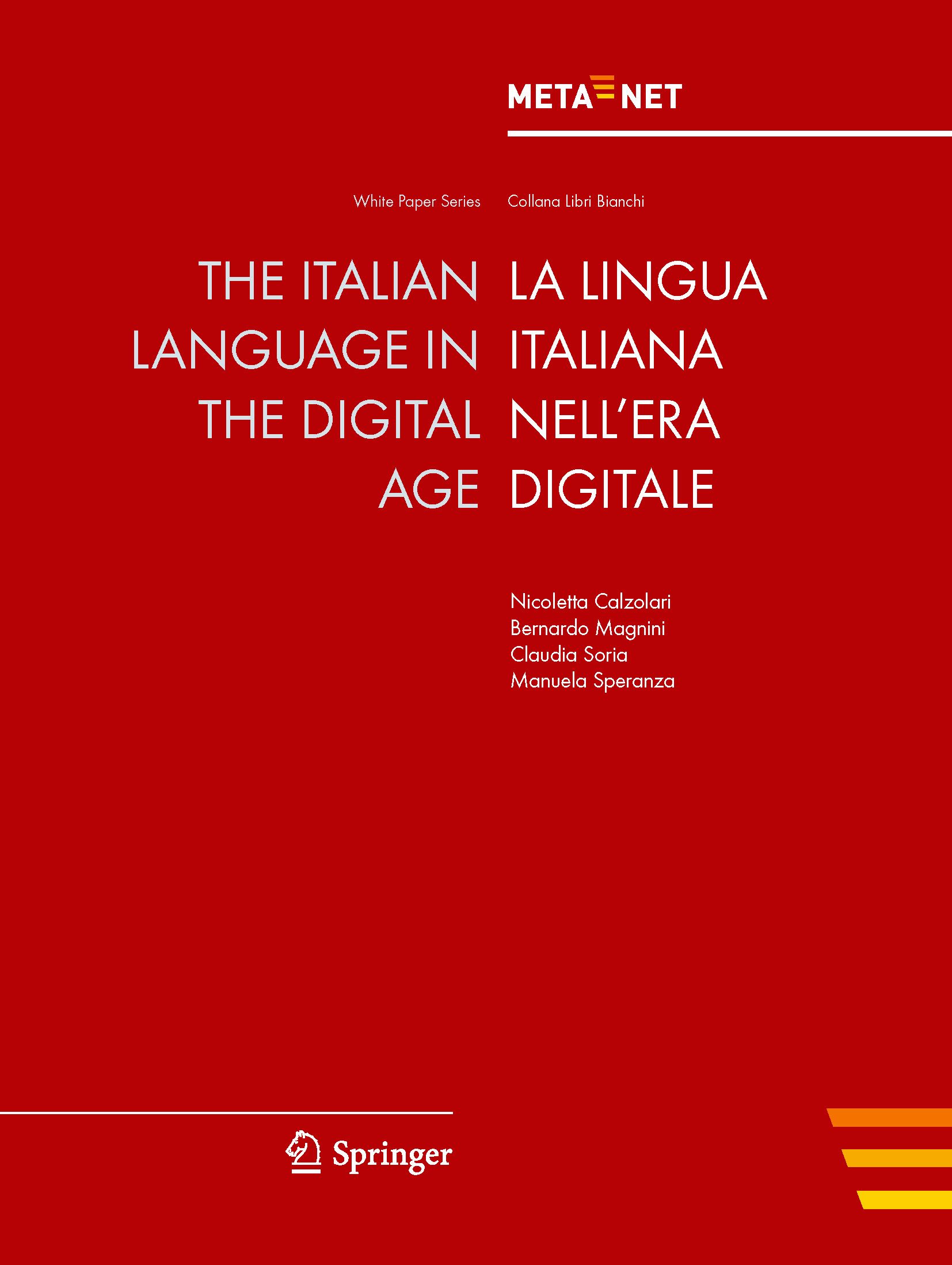The Languages of Italy
Italian is the commonly used language in Italy, the Vatican City State and San Marino. Furthermore, it is one of the official languages of Switzerland and an official regional language in Slovenia and Croatia. All together, Italian is spoken by 67 million native speakers and 13.4 million speakers, who aquired it as a second language. Italian immigrants spread the language in many other European Countries and all over the world. The biggest communities outside of Europe exist in Argentina, Brazil, Canada and the United States. In some regions of Italy, co-official languages subsist like French in Val d’Aosta or German in Trentino-Alto Aelige. Most Italians are native bilingual speakers of Italian and their regional dialect. Some of the dialects are unintelligible between each other. They are a significant factor of the development of variation in the areas of phonetic, prosody and vocabulary.
Features of Italian:
- Italian is a Romance language and descended directly from Latin. Some features of Latin were retained in Italian. For example, it kept the contrast between long and short consonants or the distinctive feature of stress. In addition, Italian has the biggest vocabulary, whose stems are the direct descendent of Latin.
- Just the pronouns are declined for the case. Nouns and adjectives inflect only for gender and number. Gender just includes masculine and feminine.
- Derivation is very productive and the main process for the creation of new words.
NCC Lead Italy
Dr. Bernado Magnini is a Senior Researcher at the “Fondazione Bruno Kessler”, where he leads the Research Unit on Natural Language Processing. Furthermore, he is the Director of the FBK International PhD Program and teaches as a contract Professor at the University of Trento and Bolzano. His research interests comprise Computational Linguistics, particularly lexical semantics and lexical resources, question answering, textual entailment, and conversational agents, areas in which he has published about 200 scientific papers. Bernado Magnini organised several international research projects like QALL-ME, LIVEMEMORIES and EXCITEMENT. Moreover, he has been an important part for the development of the Italian Language Technology infrastructure. He launched EVALITA, was co-chair of the CLIC-it 2014 and the AI*IA 2018. EACL 2006 in Trento and of ACL 2019 in Florence has also been coordinated by him. Currently, he is a member of the Scientific Committee of the Know Center and of the Institute for Applied Linguistics at Eurac Research. As President of the Italian Association for Computational Linguistics and as the Manager of the Italian Office of the World Wide Web Consortium, he takes an active part in the community of Language Technology.

Current National Initiatives
- The most recent LT funding programme dates back to 1999–2001, and no specific programme is foreseen in the near future. Italy has been a CLARIN ERIC Full Member since 2015; the membership has been renewed by the Ministry of Research and Education (MIUR) until 2025.
- The National Programme for Research (2015–2020) identifies four technological clusters grouping 12 thematic areas – language is never mentioned. The Italian NLP sector has some financial support, which includes in parts LT, but LT is never recognised as a specific sector.
- On the regional level, programmes such as the Working Regional Programme from the European Fund for Regional Development (2014–2020) reserve support to the wider ICT sector for the development of new technologies and innovation. Thus, funding support is available depending on the initiative and capacity of individual researchers and groups, but Italy severely lacks a coordinated plan for the development of LT.
Wikipedia contributors. (2020, June 15). Italian language. In Wikipedia, The Free Encyclopedia. Retrieved 11:00, June 17, 2020, from https://en.wikipedia.org/wiki/Italian_language.
Events
META-NET White Paper on Italian
Nicoletta Calzolari, Bernardo Magnini, Claudia Soria, and Manuela Speranza. La Lingua Italiana nell'Era Digitale - The Italian Language in the Digital Age. META-NET White Paper Series: Europe's Languages in the Digital Age. Springer, Heidelberg, New York, Dordrecht, London, 9 2012. Georg Rehm and Hans Uszkoreit (series editors).
Full text of this META-NET White Paper (PDF)
Additional information on this META-NET White Paper
Availability of Tools and Resources for Italian (as of 2012)
The following table illustrates the support of the Italian language through speech technologies, machine translation, text analytics and language resources.
| Speech technologies | Excellent
support |
Good
support |
Moderate
support |
Fragmentary
support |
Weak/no
support |
|---|---|---|---|---|---|
| Machine translation | Excellent
support |
Good
support |
Moderate
support |
Fragmentary
support |
Weak/no
support |
| Text analytics | Excellent
support |
Good
support |
Moderate
support |
Fragmentary
support |
Weak/no
support |
| Language resources | Excellent
support |
Good
support |
Moderate
support |
Fragmentary
support |
Weak/no
support |
